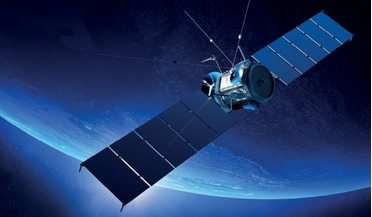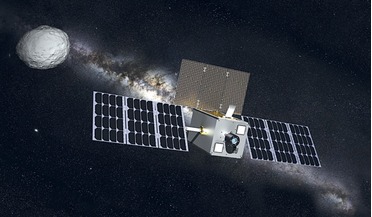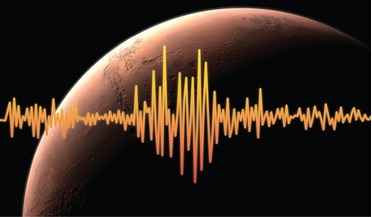 April 2017
Urgent action needed to keep satellites safe in orbit
April 2017
Urgent action needed to keep satellites safe in orbit
... due to mechanical wearing (e.g. Sun-tracking solar panel bearings, momentum wheels, etc.), limited propulsion resources (gas jets or similar), and carefully engineered thermal surfaces which can be subject to degradation due to space ‘weathering...
 June 2017
Bepi-Colombo will unveil Mercury’s secrets
June 2017
Bepi-Colombo will unveil Mercury’s secrets
... having passed by Venus. However, an Italian scientist named Giuseppe Colombo, who at the time was visiting NASA’s Jet Propulsion Laboratory (JPL), had noticed that the period of the spacecraft’s orbit around the Sun, after...
 January 2018
Shielding the human genome
January 2018
Shielding the human genome
... and other unique biological characteristics of the species, to include pathogen destruction, soon caught the eye of NASA’s Jet Propulsion Laboratory (JPL) in Pasadena. We are in a new age of discovery driven by genomics and the leveraging of novel...
 February 2018
Our space future lies in innovation
February 2018
Our space future lies in innovation
... valuable data on transient luminous events (TLEs) in the upper atmosphere, variously called ‘elves’, ‘sprites’ and ‘blue jets’ which currently remain shrouded in mystery. Looking further ahead, what do you see? Just as our world is changing...
 July 2018
The rise of interplanetary CubeSats
July 2018
The rise of interplanetary CubeSats
... uses sunlight to test the solar arrays on one of the Mars Cube One (MarCO) spacecraft at NASA’s Jet Propulsion Laboratory. Interplanetary challenges Interplanetary CubeSats, thanks to their low-cost, could perform highrisk, highreward science ...
 August 2018
Measuring the pulse of Mars
August 2018
Measuring the pulse of Mars
... is happening before that deployment time period is up,” says Mark Panning, a co-investigator on the InSight mission based at NASA’s Jet Propulsion Laboratory (JPL). The mobile service tower at SLC-3 is rolled back to reveal the ULA Atlas-V rocket...